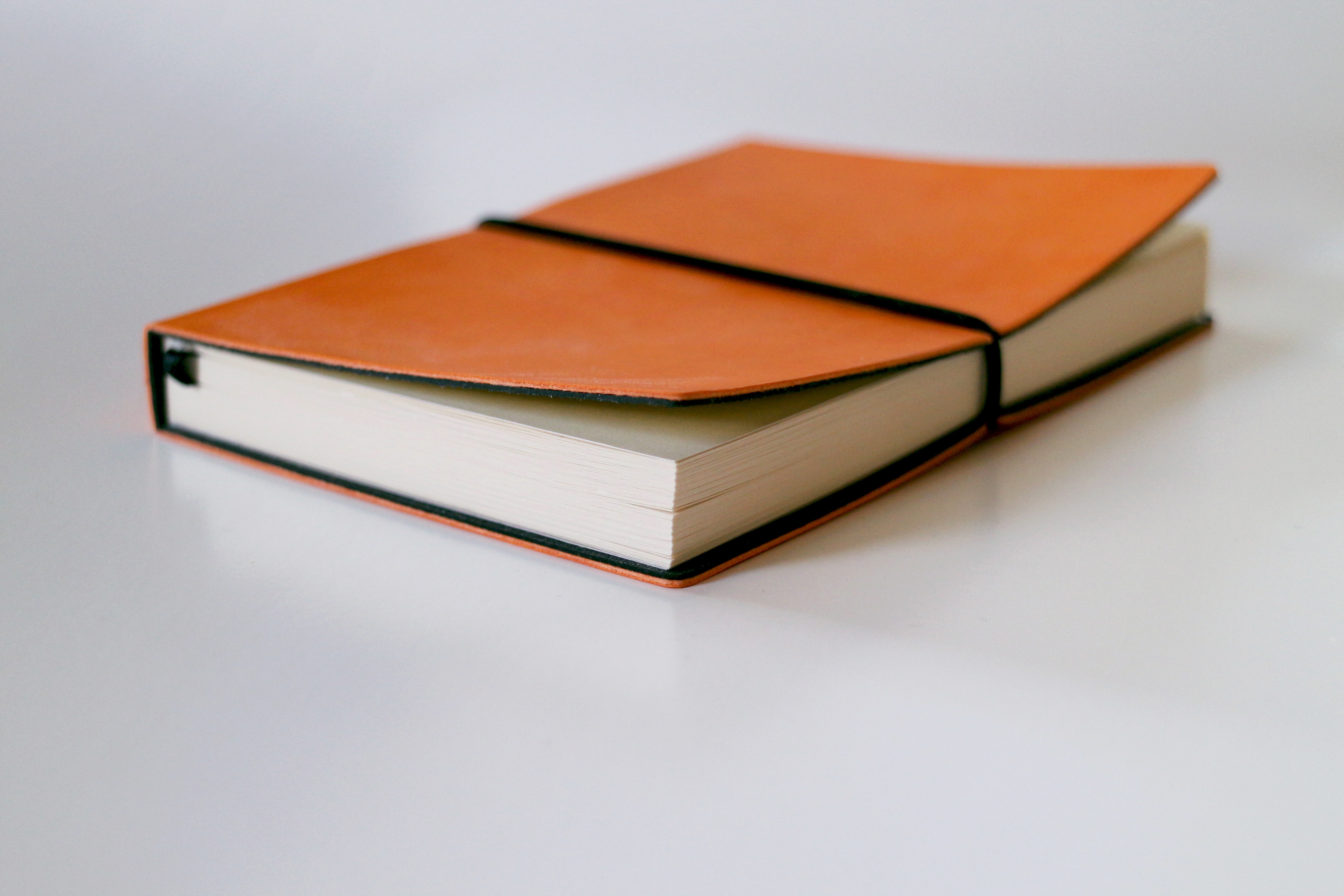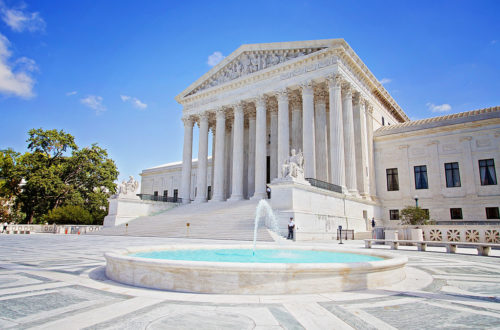Crystalline forms are critical to pharmaceutical patents, offering extended protection for improved stability, bioavailability, or manufacturability. However, securing such patents in China has grown increasingly difficult due to the China National Intellectual Property Administration (CNIPA)’s strict patentability criteria. Unlike the U.S. or Europe, where structural novelty or problem-solving utility may suffice, China demands quantifiable evidence of superiority over prior art forms and rejects patents based on routine screening alone. Recent decisions, like the invalidation of fruquintinib Crystal Form I, highlight common pitfalls: insufficient comparative data, incremental technical effects, and failures to preempt obviousness challenges. With China’s pharmaceutical market surging and secondary patents under heightened scrutiny, companies must strategically align their IP strategies…
- China, China Patent Office, CNIPA, data, Invalidation, Patent, Patent Law, Patent Re-examination Board, Patentability, Pharma, Support Requirements
- China, China Patent Office, CNIPA, Key decisions, parameter feature, Patent, patent application, Patent Law
Why Do Examiners Fail to Recognize the Importance of my “Parameter Features”?
The Impact of Parameter Features on Inventiveness ”Parameter features” – numerical or mathematical expressions that define the quantity or physical properties of a subject – frequently appear as technical features within a claim. Often described as numerical ranges or measurements, they frequently play a critical role in addressing technical problems. However, in practice, Examiners and courts often disregard or devalue the inventive contribution of these “parameter features”, leading to considerable confusion among inventors. Recently, the China National Intellectual Property Administration (CNIPA) released the 2023 Compilation of Key Decisions in Patent Reexamination and Invalidation Cases. Among the cases discussed, two decisions (Cases No. 24 and 25) provide valuable insights into how…
-
Burden Shift: CNIPA Requires Applicant to “Prove” that Post-Filing Data is not Fake Data
“Good Faith” is a challenging concept that brings with it the nuances of a particular jurisdiction’s ideas about honesty, moral values, and societal expectations. Most patent laws around the world include good faith requirements – especially in matters involving the legal and the medical profession – and China is no exception. So what’s the standard? This case demonstrates one example of how stark inconsistencies between post-filing (clinical trial) data and publicly available information led the CNIPA to reject a case because of false post-filing data submitted in violation of the “good faith” requirement. Case Background The disputed patent application, titled “A Type of Tini-Class Small Molecule Compound and Its Preparation…








